Dilatation and Curettage - Anesthesia
Dilatation and Curettage can be done under general, spinal or local anesthesia.
The different types of anesthesias given to a patient prior to the procedure depend on both the choice of the anesthetist and the patient. It is best to discuss it with him or her when they visit you before surgery.
General anesthesia is a state of total unconsciousness resulting from anesthetic medicines. The medicines can be administered as an inhaled gas or as an injected liquid. Most D&Cs are done under general anesthesia. The procedure is normally very short and the general anesthetic can be quickly reversed, with the patient going home soon afterwards.
Spinal anesthesia is induced by injecting small amounts of local anesthetic into the back of the spine in the middle section. The drug is injected using a very fine needle that is almost similar to the thickness of hair. The patient is put on the side in a crouching position to get the right space between the vertebrae. Once the injection pierces the tough fascia, the anaesthetic drug is injected into the cerebro-spinal fluid (CSF).
The advantage of spinal anesthesia is that the patient is awake but at the same time does not have any sensation below the waist. It avoids all the complications of general anesthesia. Another popular anesthesia is called Epidural anesthesia Here the injection is given in a slightly different space in the spinal region and this takes away the sensationof pain keeping intact the power in the lower limbs.
Local anesthesia involves numbing a small area by injecting a local anesthetic medicine under the skin just where an incision is to be made. The medicine can be injected locally. Occasionally, in a very motivated patient, the D&C procedure can be done under a local anesthetic with or without intravenous pain medication.











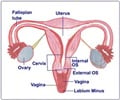
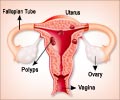

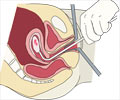
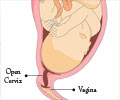
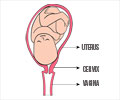




im post d/c im heaving pain and cramps i dont know whats going it looks like im having post partum blues i fell ike im alone